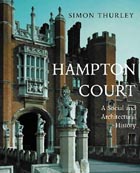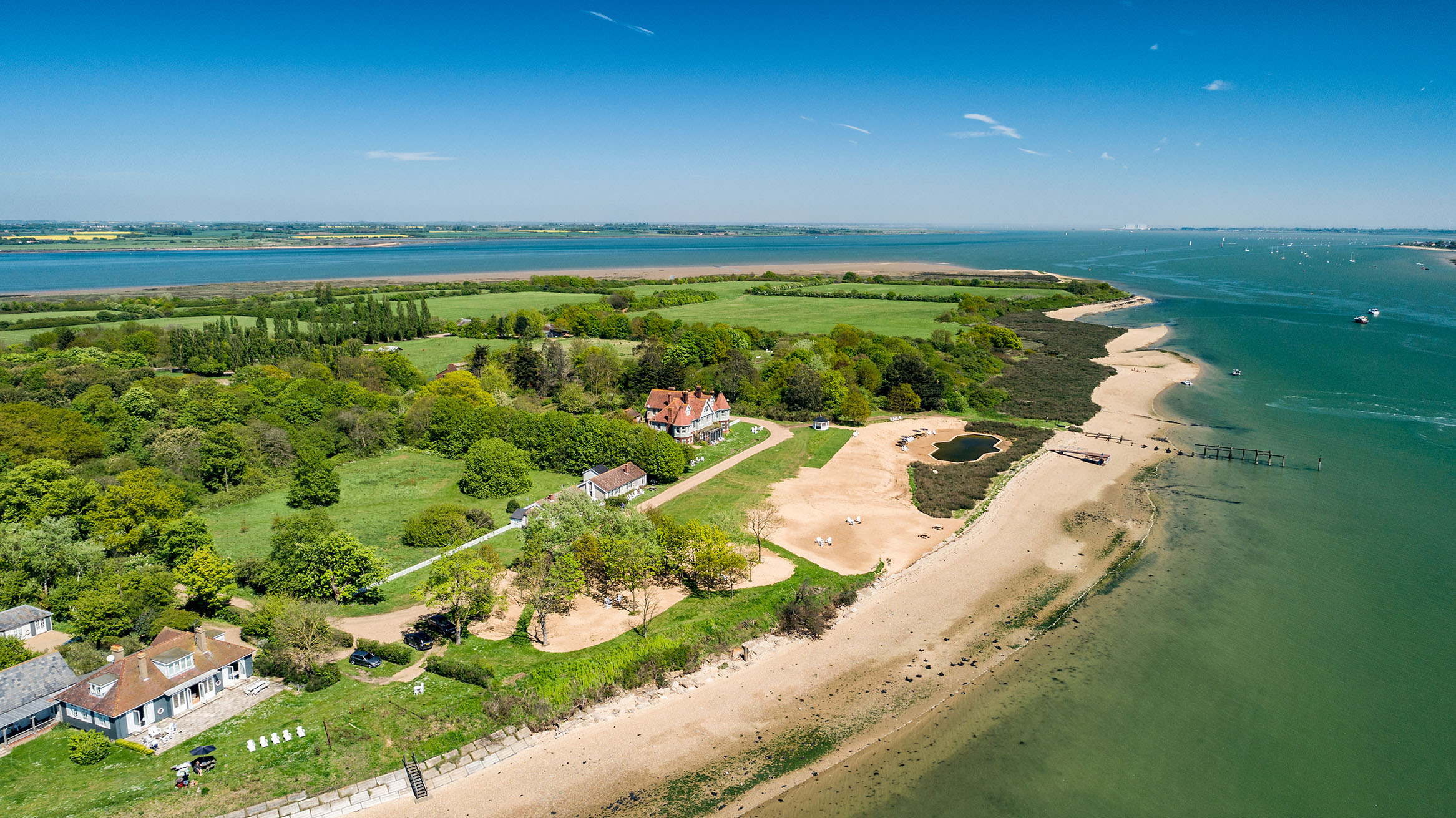Book Review: Hampton Court: A Social and Architectural History
Hampton Court is not so much a building as a national icon, whose image and story are familiar to everyone who has ever been to school.


There is so much more to Hampton Court than overweening Cardinal Wolsey and his corpulent royal master. Henry VIII, in fact, leaves the stage beforeHampton Court: A Social and Architectural Historyis a quarter through. More than that, by drawing on a range of research sources - recent archaeology of the brickwork, for example - Dr Thurley fundamentally re-interprets even the Tudor palace. This turns on the relationship between Wolsey and the King.
To Dr Thurley, Wolsey was not exceptionally grasping by the standards of the age. It was a time when extravagance and excess were de rigueur, on the part of great men. The Cardinal may have set new standards of wealth for an English prelate, efficiently amassing the revenues from the archbishopric, bishopric and abbacy that he held simultaneously, but it may well have pleased his sovereign to think that his somewhat remote realm was, in this respect, catching up with Continental Europe. Status made him 'a powerful diplomatic tool'.
Dr Thurley shows that Wolsey, with his passion for building, had succeeded in creating a palace that was considerably more modern than the King's own houses. It was this that made Henry take it. Anne Boleyn awoke his interest in architecture, and although she did not live to enjoy the fruits of it at Hampton Court, the palace became the most spectacular of all Henry's possessions.
The kitchen alone was 100 yards long. And that was just the one that fed the court (the households with which the King and Queen travelled were so big that they could rarely stay in the same building, even Hampton Court, together). The King's own table was served from a privy kitchen. In the tradition of this publisher, Dr Thurley anatomises the life of the building, as well as the architecture: specially necessary in this case, as the workings of a Tudor palace are more remote from 21st-century experience than the planet Mars.
As a young man, Henry organised his life round jousting and hunting. Hampton Court reflects the changes that came over him in middle age, when he preferred tennis to tournaments and was too fat to travel far for his sporting pleasures. A huge hunting reserve, or honour, was created round Hampton Court, part of which was a fenced 'chase' of 10,000 acres. Hunting remained a pre-eminent concern of James I. When it came to business, Hampton Court was much used for the reception of ambassadors, the warmth with which their countries were regarded being reflected in the nuances of their greeting.
It was Oliver Cromwell who saved Hampton Court from destruction (he used it for weekends), and William III's asthma that was responsible for its revival. William and Mary came to the palace nine days after their coronation. Busy though they were establishing themselves on the throne, they immediately commissioned a new range from Wren.
Research made possible by the 1986 fire throws new light on its chequered building history. The chapter covering George II's time is titled 'Apogee'. Readers may find the third of the book that comes after it less compelling, as antiquarianism gives way to museology, but it makes the history complete.
Sign up for the Country Life Newsletter
Exquisite houses, the beauty of Nature, and how to get the most from your life, straight to your inbox.
Country Life is unlike any other magazine: the only glossy weekly on the newsstand and the only magazine that has been guest-edited by HRH The King not once, but twice. It is a celebration of modern rural life and all its diverse joys and pleasures — that was first published in Queen Victoria's Diamond Jubilee year. Our eclectic mixture of witty and informative content — from the most up-to-date property news and commentary and a coveted glimpse inside some of the UK's best houses and gardens, to gardening, the arts and interior design, written by experts in their field — still cannot be found in print or online, anywhere else.
-
 380 acres and 90 bedrooms on the £25m private island being sold by one of Britain's top music producers
380 acres and 90 bedrooms on the £25m private island being sold by one of Britain's top music producersStormzy, Rihanna and the Rolling Stones are just a part of the story at Osea Island, a dot on the map in the seas off Essex.
By Lotte Brundle
-
 'A delicious chance to step back in time and bask in the best of Britain': An insider's guide to The Season
'A delicious chance to step back in time and bask in the best of Britain': An insider's guide to The SeasonHere's how to navigate this summer's top events in style, from those who know best.
By Madeleine Silver